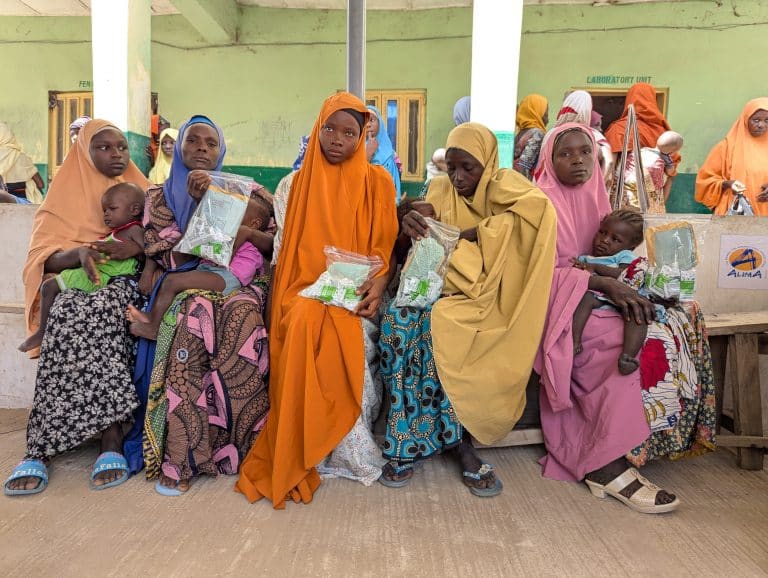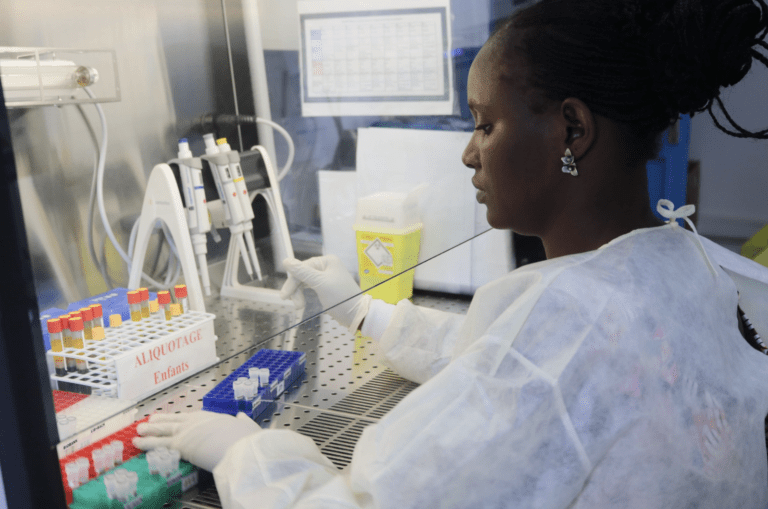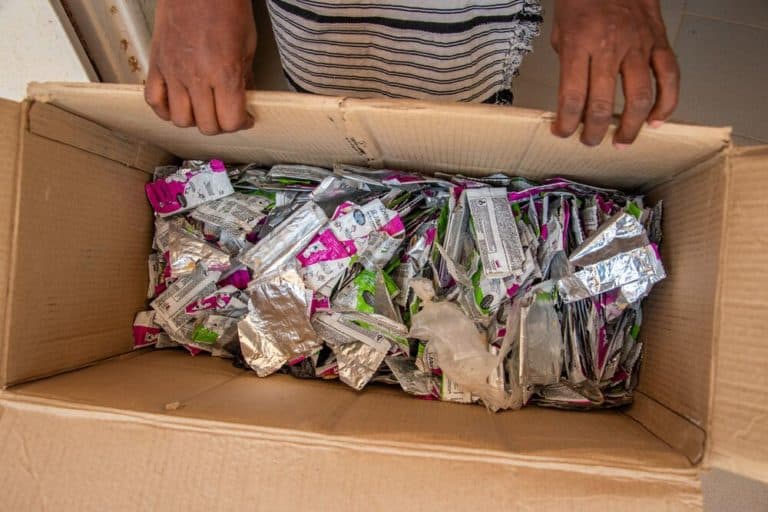OptiMA – Optimizing the treatment of acute malnutrition
- Africa is the continent most affected by acute malnutrition, with a prevalence of 21% compared to 9.9% globally.
- Nearly 6 million children suffer from acute malnutrition in the Sahel (UNICEF).
- An inadequate treatment protocol currently prevents effective care for all malnourished children.
The OptiMA project (Optimizing the Management of Acute Malnutrition), developed by ALIMA and its partners, introduces an innovative approach to treat more children at the same cost.
By simplifying treatment protocols, OptiMA improves the identification and management of malnourished children to reduce mortality rates and promote better recovery.
Humanitarian context and challenge
A worsening nutritional crisis
In the regions where ALIMA operates, acute malnutrition is a recurring crisis worsened by:
- Climate change, affecting harvests and access to food resources
- Conflict and insecurity, limiting access to healthcare and food
- Limitations of the current protocol, which separates children into moderate and severe malnutrition instead of applying a unified, integrated approach
💡 Why does this matter?
- A malnourished child is 9 times more likely to die than a well-nourished child (WHO)
- 50% of malnourished children do not have access to necessary treatment
- Current treatment (therapeutic food) is underused and overly segmented
📌 OptiMA aims to break down these barriers and provide a simpler, more effective solution.
➡️ In response to these challenges, ALIMA is deploying an innovative approach to save more children.
ALIMA’s action
💡 How does OptiMA optimize the management of acute malnutrition?
OptiMA is based on a simplified approach built on two core pillars:
🔹Simplified and more accessible screening
Using a single anthropometric indicator:
- Mid-Upper Arm Circumference (MUAC) and edema replace complex calculations involving weight and height
- This makes early diagnosis easier for families and community health workers
Training families using the MUAC-mothers bracelet:
- A color-coded system that is easy to understand:
- 🟢 Green = healthy
- 🟠 Orange = moderate acute malnutrition
🔴 Red = severe acute malnutrition.
➡️ A simple tool that empowers parents to identify malnutrition and act in time
🔹A unified and scalable treatment
A single treatment: Ready-to-Use Therapeutic Food (RUTF)
- All children receive the same therapeutic product, with the dosage adapted based on their progress
- Eliminates the distinction between “moderate” and “severe” cases, enabling continuous, consistent care
📌 Over 200,000 children have already been treated using the OptiMA strategy in six West and Central African countries
➡️ This protocol expands access to care for more children
Research and Scientific Results
Scientific evidence and adoption of the OptiMA model
- 10 clinical and operational studies conducted since 2017 to evaluate OptiMA’s impact
- Significant reduction in treatment cost per child and higher recovery rates
📌 Key published studies:
- Clinical study in DRC (2017): comparison between the standard protocol and OptiMA
- Cost study in Burkina Faso (2021): OptiMA reduced treatment costs while improving outcomes
- Relapse analysis in Yako, Burkina Faso (2021): lower relapse rates due to early detection
📢 2023 regional conference report on simplified approaches
Frequently Asked Questions (FAQs)
- It lowers barriers to care by simplifying diagnosis
- It avoids treatment interruptions by using a single therapeutic product
- It allows more children to be treated with the same resources
- Better community screening thanks to MUAC-mothers
- Earlier management of malnutrition, reducing the number of severe cases
- Lower cost per child for health systems
Burkina Faso, Niger, Nigeria, Mali, and Chad
Learn More
- Download the advocacy brief “The OptiMA strategy: a solution for emergencies and crises”
On the ground
Related news

NutriVax: Integrating Nutrition and Vaccination to Save Children’s Lives in Nigeria
Every year, millions of children in Africa are trapped in a vicious cycle of malnutrition and infectious diseases. But what if we could fight both

Breakthrough in Ebola Vaccination: Five-Year Immunity Achieved After Injection
A decisive new step has been taken in the fight against the Ebola virus. According to a PREVAC study conducted in Guinea, the immunity conferred

The Plastik Project Revolutionizing Medical Waste Management in Burkina Faso
The waste of two essential items in the healthcare and nutritional response in sub-Saharan Africa poses significant environmental pollution. How can their impact be minimized?


